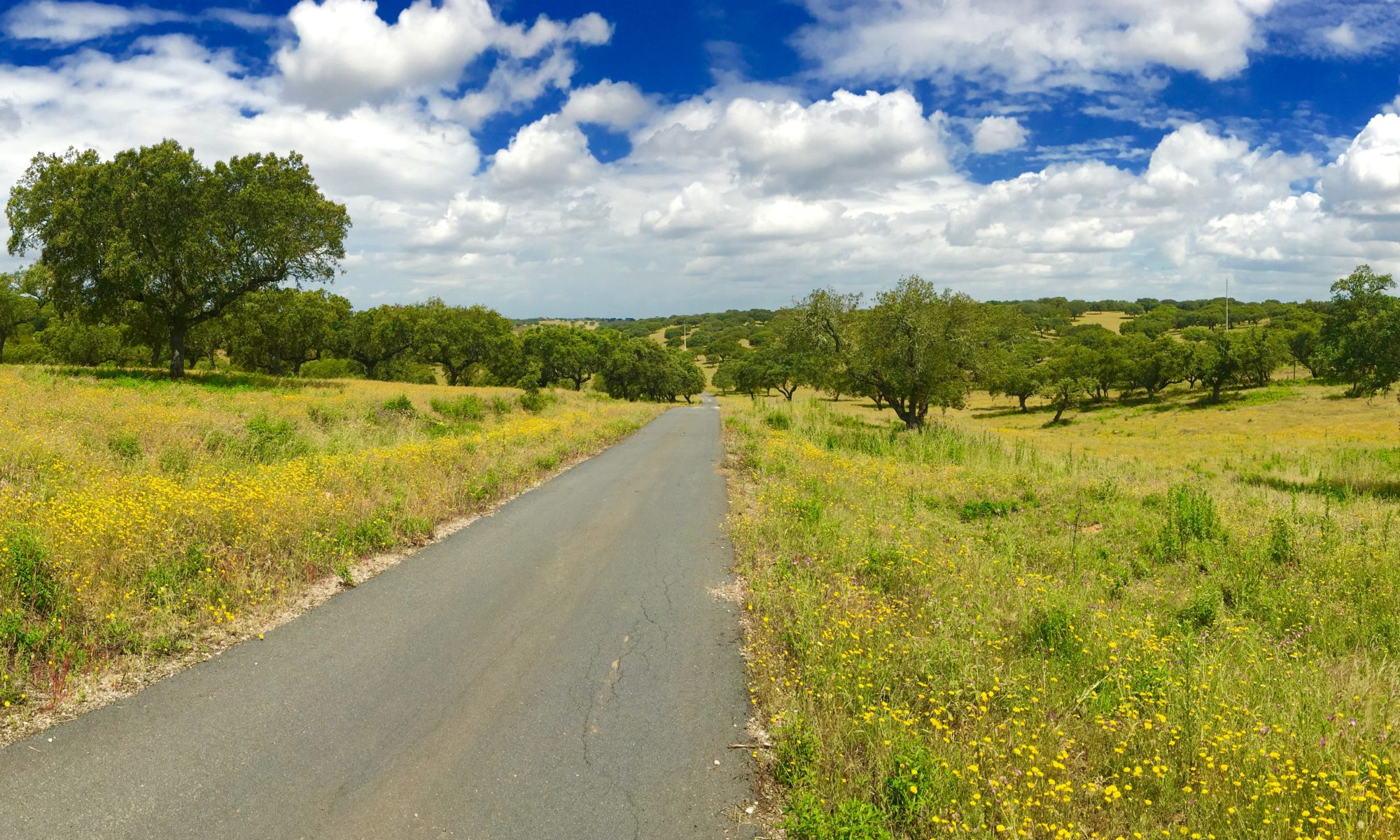I’ve posted what the views are like when walking the cliffs of the Carvoeiro coastline a few times, but after dealing with a paddle board that badly needed patching, winds and strong swells, I finally got the opportunity to explore the coast by water.
Continue reading “Exploring the caves of the Algarve Cliffs”Back to the Algarve
I’ve already posted a number of photos of the shoreline cliffs around Carvoeiro in the Algarve area of Portugal, but we’ve been out walking more of this coastline recently, and the area and views are just too breathtaking to not post more.
Continue reading “Back to the Algarve”Carvoeiro Coastal Walk
In the Algarve, our favorite area is around Carvoeiro, a bench of high land between the towns of Albufeira and Portomao, which offers rolling hills on a an elevated coastline, and an amazing oceanfront with spectacular cliffs, grottos, caves and picturesque beaches. In between the town of Carvoeiro and the beach of Marinha, there is a coastal path one could never tire from walking. We did it in stages, so that we could walk back to our car each time. The walk is posted as medium-difficult, stretches just under 12 km and to walk it all at once would take about six hours.
Continue reading “Carvoeiro Coastal Walk”Real Estate in the Algarve
After a couple of visits to the Algarve this past fall, we began looking at real estate opportunities as we are considering a full-time move to Europe and the Algarve really has a lot to offer, at least for our lifestyle. It did not take us long to find a few properties we liked, two that were in the same development near Carvoeiro.
Continue reading “Real Estate in the Algarve”Exploring Southern Portugal
In the early fall of this year we made two one-week trips down to southern Portugal, the “Algarve” as it is most commonly known, to become familiar with the region. We have close friends from Canada that are serious about buying down there and moving over for a few years, and so they wanted to find the area that was best suited for them, and then start house hunting. As those are two of our favorite past times, we joined in on the search. They did find a home, and we may just might have found one for ourselves as well, as we really enjoyed our time in the Algarve.
Continue reading “Exploring Southern Portugal”Evora (Days 5-6 of Central Portugal Tour)
Evora is a town which was once encircled by fortress walls, although little of it is visible now. In its place is a road, a “periferico”, around the town. It is not large, quite easily walkable throughout, through a maze of streets that can make it difficult to know exactly where you are at times. But small enough to quickly become easy to find your way around and back to the hotel.
Part IV of our Central Portugal Tour. (Part III is here)
Continue reading “Evora (Days 5-6 of Central Portugal Tour)”Marvao (Day 4 Central Portugal Tour)
We next drove back to the main freeway (A23) from Monsanto and headed south to try and find the town of Marvao. The drive from Monsanto to the freeway (N239) was beautiful as we wound our way through fields of colorful spring flowers scattered with ornamental-like cork trees. We weren’t very familiar with how cork actually was harvested (from the bark, which grows back on the trees every seven years), but found this article very explanatory.
Part III of our Central Portugal Trip (Part II here)
Continue reading “Marvao (Day 4 Central Portugal Tour)”Monsanto (Day 3 – Central Portugal Tour)
Once off the Serra da Estrala mountain range we followed a valley and the River Zezere northward to the town of Belmonte and the Convento del Belmonte. This is a beautifully restored convent just outside of town that overlooks the valley below, which is lined with fruit orchards, primarily peaches and cherries. Beautifully restored, the convent is modernly attired with plenty of common-sitting areas throughout the property. The rooms are quite large and modern with kind-size beds available. The primary building was made from large, hand-cut granite rocks with large wooden beam ceilings.
Part II of our Central Portugal Trip. Part I here.
Continue reading “Monsanto (Day 3 – Central Portugal Tour)”Tomar (Day 1 – Central Portugal Tour)
This was our lunch stop, a couple of hours out of Lisbon, (on the first day of our Central Portugal one-week trip), to the charming, small town of Tomar on the banks of the Rio Nabão. Its old quarter is typically attractive, laid out as a grid of cobbled streets centered on a fine square, and there are lovely riverside strolls to enjoy and green woods for picnicking. We enjoyed lunch at a small cafe in the heart of the old town, before exploring the convent on the hill behind the town, standing sentry, and the real reason for our visit.
Continue reading “Tomar (Day 1 – Central Portugal Tour)”Bussaco Palace (Central Portugal Tour)
The Bussaco Palace Hotel (Palace Hotel do Buçaco) was built between 1888 and 1907, originally as a palace for King Charles I of Portugal as a royal retreat, or “hunting lodge,” as he referred to it as. And it embodies a beautiful architectural style referred to as “castle romanticism,” which is obvious quickly upon your arrival to the hotel, and from the photos above and below.
Continue reading “Bussaco Palace (Central Portugal Tour)”









